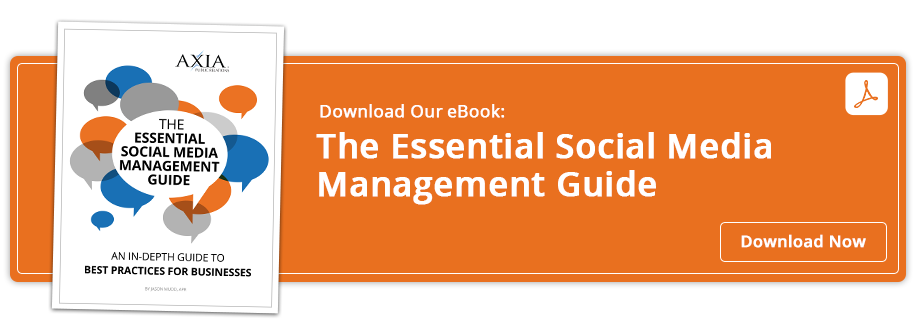 Why you need both and how to use each for maximum advantage
Why you need both and how to use each for maximum advantage
For hundreds of years, the news media has been informing the world about events and changes that affect our lives. In the last decade, social media has come along to give people news in real time; it can distribute information worldwide in a matter of minutes. So, which one is more influential? And what does each mean for your business?
As the news – and how people get it – transforms, your company must keep up. But with news media constantly evolving, this can be difficult. Today’s audiences expect to be able to choose the information they see. More than ever, companies need to establish credibility and trust with their audiences. Public relations can help you distribute your messages effectively on every medium.
How they stack up
- In a recent survey, 35 percent of respondents ages 18-29 listed social media as their most helpful source of information. For ages 30-49, social media came in third, behind news and cable TV websites.
- The news reported on Facebook and Twitter often gets its start from The New York Times and CNN.
- A new study shows that when traditional media channels consistently cover a brand, it makes the brand appear more credible to key stakeholders.
- How people get their information and where it comes from have become major concerns for many. Research shows that people don’t often differentiate between news that comes from a traditional outlet, such as CNN, and information that comes from questionable sources (e.g., passed on by the cousin of a friend). This makes it easier for false information to spread quickly.
- Younger customers are often more concerned about their social networks. In fact, studies show that people ages 18-49 trust news and information shared by their friends more than from any other source. Those people 50 and older still rely on traditional news sources.
How your company can keep up
- Grow your media contact list.
Don’t just focus on print, television and radio. Get out of your comfort zone. Start thinking more about what media is and who has the power to help spread your information and drive conversions most successfully.
- Establish your buyer personas.
The more you know about your ideal customer, the easier it will be to generate leads and get them to convert. Find out who she is, what she needs and where she gets her information. Then, make sure your company is there to deliver.
- Recognize that there are no easy answers.
Just as PR is an ongoing process, so is building media relations. What works for one type of message may fall flat for the next. It’s crucial to try, measure, tweak and retry your efforts constantly.
- Hire a PR agency to help you.
We can no longer define media in the traditional terms we used to. National news broadcasts and journalists now stand side by side with bloggers and industry influencers when it comes to consumer trust. You need professionals to make sense of it all and still deliver your messages clearly. That’s where a PR firm can help.
At Axia Public Relations, we know the importance of agility and strategy for positioning our clients’ news in the best possible light. To learn more about how we can help your company embrace the changes in the media landscape, contact us or download our e-book The Essential Social Media Guide.

 Lisa Goldsberry is a blogger for Axia Public Relations with more than 15 years of public relations experience. She specializes in business and technology PR. Lisa has worked for Axia since December 2013. Learn more about Lisa Goldsberry. Connect with Axia on Twitter @axiapr or tell us what you think in the comments below.
Lisa Goldsberry is a blogger for Axia Public Relations with more than 15 years of public relations experience. She specializes in business and technology PR. Lisa has worked for Axia since December 2013. Learn more about Lisa Goldsberry. Connect with Axia on Twitter @axiapr or tell us what you think in the comments below.
Featured image credit: 123rf.com
Topics: public relations, shared media


Comment on This Article